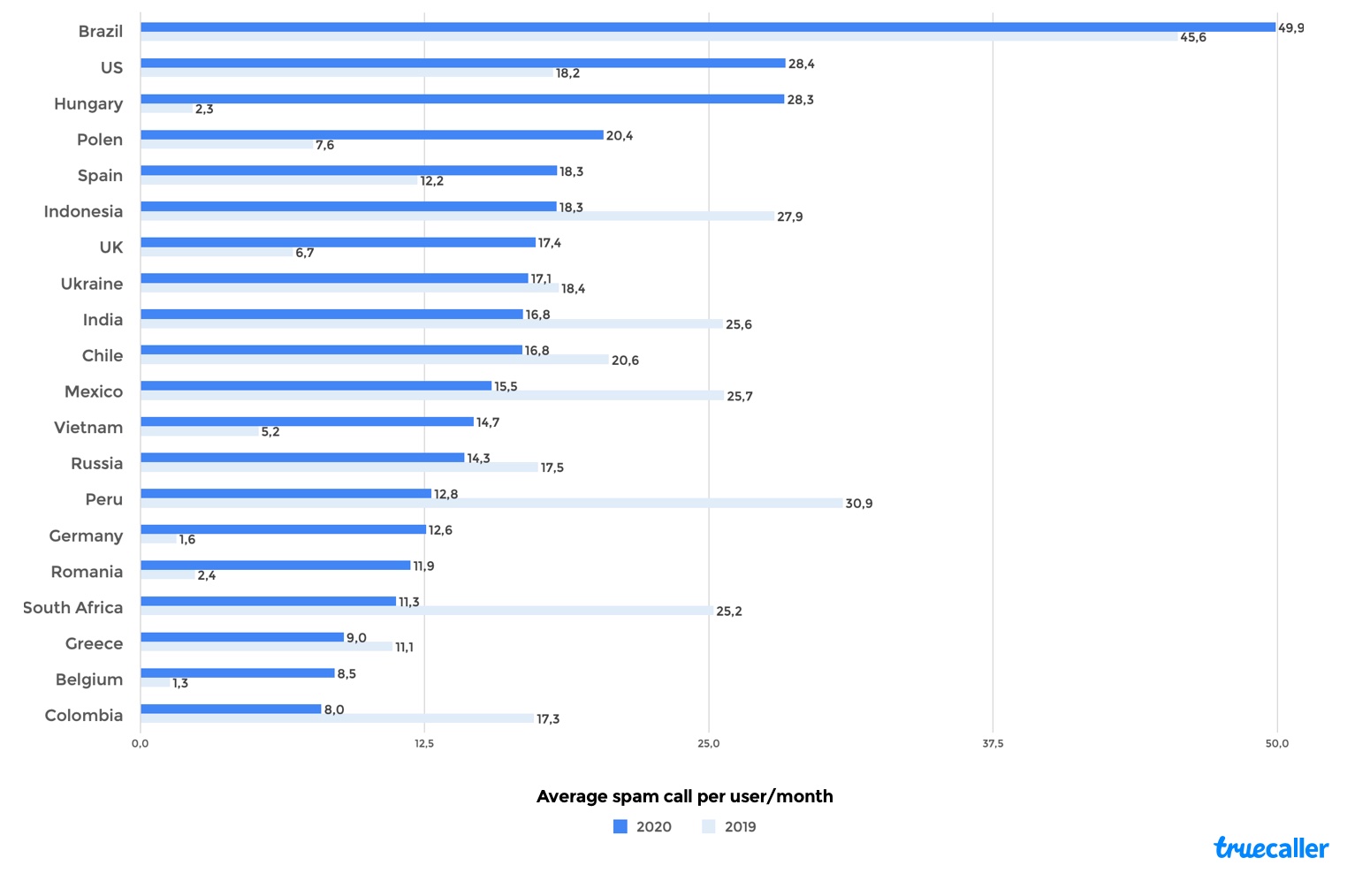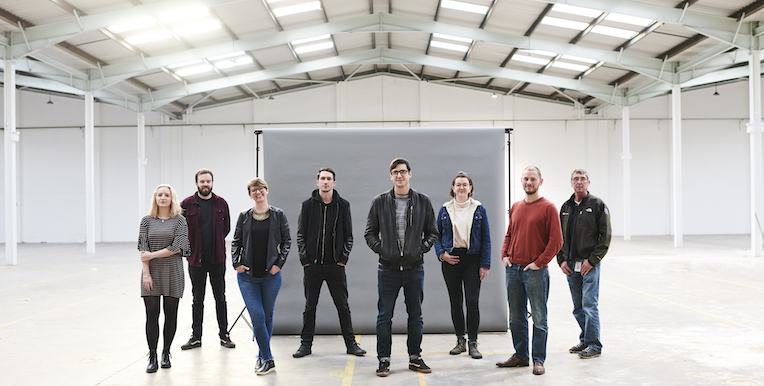- December 8, 2020
- by:
- in: Blog
Young people have long been a prime, if especially careful, target for financial services companies: find the right and responsible way to connect with them, and you could have a good customer for many years. Today, one of the startups building services specifically for those under 18 is announcing a round of growth funding, money
Young people have long been a prime, if especially careful, target for financial services companies: find the right and responsible way to connect with them, and you could have a good customer for many years. Today, one of the startups building services specifically for those under 18 is announcing a round of growth funding, money that it plans to use to continue building out its business in the US and UK. GoHenry, which provides a pre-paid debit card and corresponding app to minors as young as 6 and no older than 18 that in turn can be controlled and topped up by parents, has raised $40 million.
Led by Edison Partners, the round also had participation from Gaia Capital Partners, Citi Ventures (the strategic investment arm of Citi Bank), and Muse Capital.
GoHenry is not disclosing its valuation with this round, its first institutional fundraise. Prior to this, the startup had raised about $30 million from friends and family, and via equity crowdfunding. (GoHenry has some 5,000 shareholders as a result, it says, half of which are GoHenry customers.)
As another mark of its rise, GoHenry has been seeing some strong growth.
The startup now has 1.2 million members — a figure that includes both parents and children — and it has doubled its customer base annually for the last six years. It does not disclose how many of those members are parents and how many are children, nor whether the UK or US, the two markets where it is currently active, is the stronger.
In its home market of the UK, GoHenry said that parents paid in £98 million in pocket money in 2019, with their children getting more than £2.2 million for completing tasks around the house. GoHenry’s young users then spent just under £100 million towards the UK economy. (Its cards are personalized with users’ names, eg “GoIngrid” would be on mine, which is a great touch that probably resonates especially well with younger customers.)
And at a time where some companies such as retailers have really been feeling the pinch from the drop in consumer spending this year because of Covid, GoHenry said that it turned profitable in March of this year.
Banking with a purpose
GoHenry was conceived not just as a banking service for young people, but a banking service with a purpose.
There has traditionally been a division between how young people interface with money: it’s more about what parents pay them in cash, or that they might earn from informal work, with maybe a savings account in the wings where money as presents gets deposited. Although it’s gotten easier in very recent times, it used to be almost impossible to get a bank account or any kind of “banking services” like payment cards as a minor.
Yet these days, people under the age of 18 are just as likely as their parents to have a smartphone — and possibly more likely to experiment with a wider variety of apps and services.
GoHenry, founded in 2012 by Louise Hill (who is now the COO), saw that smartphone usage as an opportunity to build a financial service for those younger consumers, one that could serve as an entry point for financial education, getting those young people used to being responsible with money, and understanding the relationship between work and earning it. Not a full-fledged bank account, GoHenry has provided some of the building blocks that mimic how the “adult” world of making money, saving it, and spending it all work.
“For too long, kids have been locked out of the digital economy and parents lacked the tools to help their children gain confidence with money and finances. GoHenry was the first to respond to these needs in 2012 when we launched a groundbreaking financial education app and prepaid debit card that truly empowered children. In 2020, we’ve achieved three key milestones: becoming profitable which many B2C fintechs seek, raising $40m during Covid, and partnering with world leading funds. All three will help us fuel our US expansion.” says Alex Zivoder, CEO, GoHenry, in a statement.
The service is based around a pre-paid debit card that has more controls for parents than an ordinary pre-paid card: they can top up the amount with an allowance, but they can also limit where the card is used and for what, and how much is can be spent in a given period.
Parents can also get reports on how the money on the card is used (or not as the case may be). There is no facility to go overdrawn and into the red on spending. The child’s app, meanwhile, not only gives the young person a way of checking the balance on the card, but also lets the parents set up tasks that the kids can do and check off to “earn” more money.
All of this comes at a price: after a one-month free trial, members pay $3.99 per month for the basic service, with different charges for other transactions, such as when the card is used abroad, or if a parent tops up the account with a debit card instead of a direct transfer from a bank account.
GoHenry is not alone in building banking apps for those under 18. In fact, in recent times there’s been a big rush of launches and funding for startups that have set out to do precisely that. They include teen banking app Step, which most recently raised $50 million earlier this month; Kard, which launched last year in France; Revolut, the challenger bank that recently launched “Revolut Junior”; PayPal’s Venmo, which prototyped a payment card for teenagers earlier this year; and Current, which started out also targeting teens but now has widened that out to any groups that are currently underserved by other banks. To that end, Current raised $131 million a few weeks ago.
GoHenry has some key differences in comparison with those. In addition to this not being a full banking app, perhaps even more notable is that GoHenry doesn’t seem to have any strategy at the moment for holding on to younger customers after they turn 18.
“Right now we are 100% focused on helping kids and teens aged 6-18 years old gain confidence in managing money and learning about finances,” said a spokesperson. In an industry — retail banking — that suffers from a lot of churn as customers migrate quickly from one service to another, it’s interesting (and a little refreshing, since these are kids we are talking about) to see a company that might build strong relationships but not try to leverage that for more business down the line.
“GoHenry is catering to millions of parents who are looking to raise smart, financially literate children but are currently underserved by existing solutions,” said Chris Sugden, managing partner, Edison Partners. “We’re thrilled to partner with Alex and the GoHenry management team on this next milestone in their growth journey and look forward to realizing their ambitions to improve the financial fitness of kids across the globe.” Sugden is joining the board with this round, along with Dawn Zier, a veteran CEO and marketing expert.






